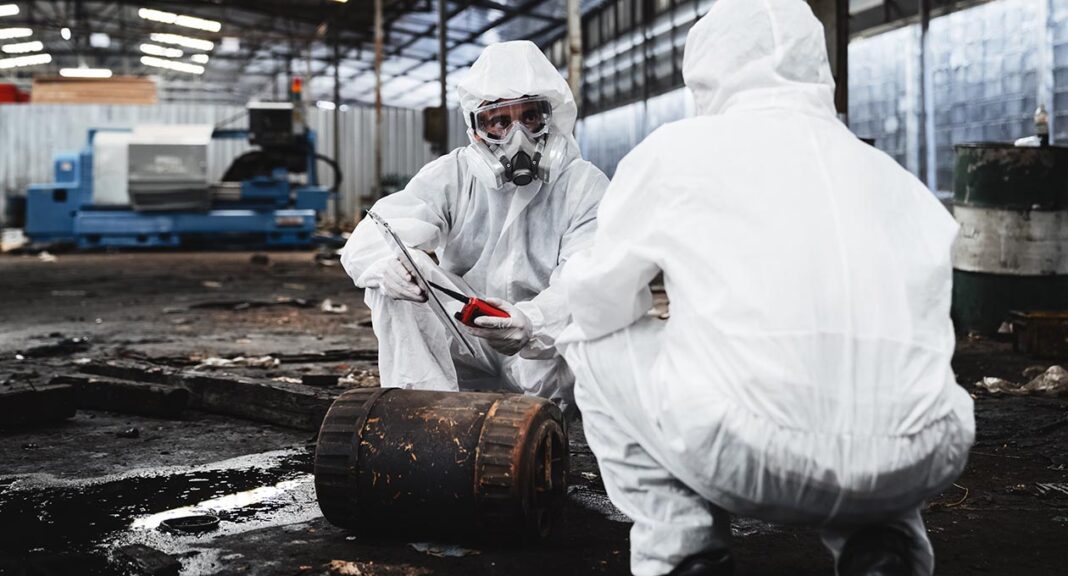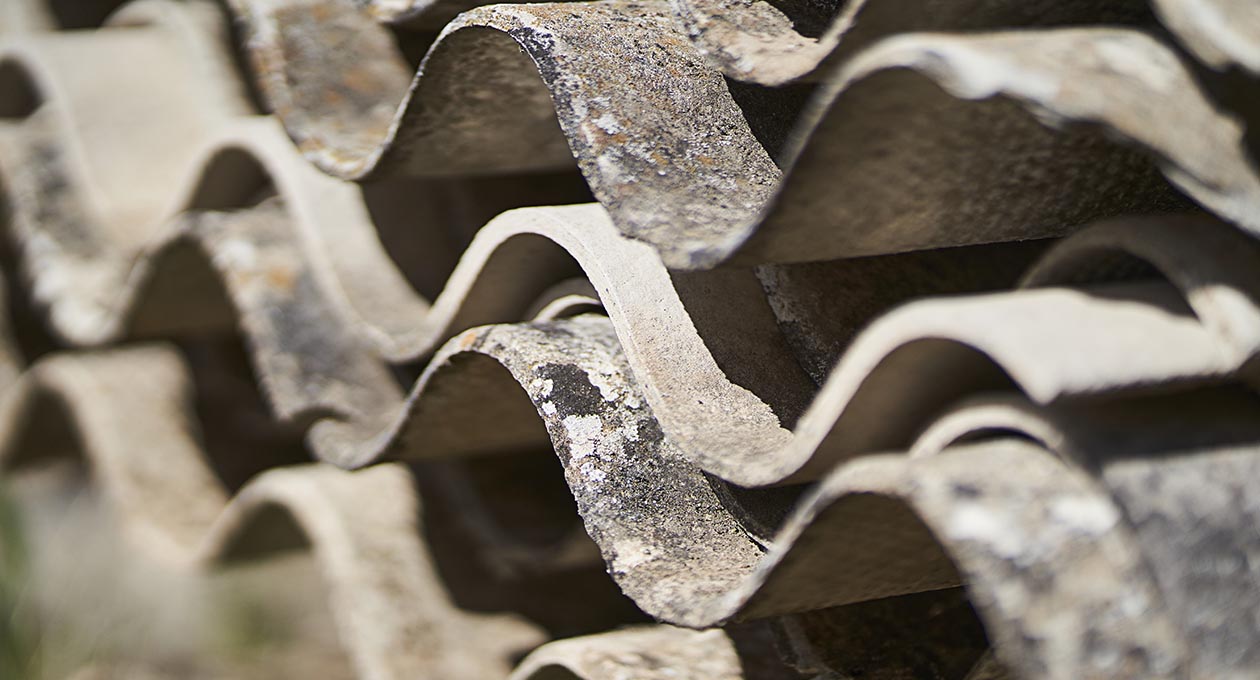When Asbestos Removal Goes Wrong: Safety Steps & Disposal Rules
Last updated: September 2025
Why Asbestos Removal Mistakes Happen
In the light of several cases where asbestos removal has been incorrectly implemented, or improperly disposed of, the UK Asbestos Training Association (UKATA) is reminding everyone of best practice on how to handle asbestos. While all steps should be taken to avoid accidents, it is vital to know what needs to be done if they occur.
Licensed Removal and Accidental Exposure
The best approach is of course to avoid situations where accidents can happen. When it comes to asbestos removal, a plan should be in place and, for licensed work, properly trained individuals must be engaged to remove the substance safely. However, even with the best-trained staff, accidents can and do occasionally happen. This mostly occurs in cases of accidental exposure to asbestos or when asbestos is not identified in a survey. In such situations, the staff involved must make the necessary assessment and, if trained, clean up correctly to minimise the risk to themselves and others. Another key part of asbestos removal, which is often neglected, is how to correctly remove and dispose of asbestos waste.
Expert Warnings from UKATA
“Removal of asbestos from buildings is arguably only the first stage of the job. Knowing how to clear up after an accident is nearly as important as knowing how to remove asbestos correctly in the first place,” said Craig Evans, General Manager of UKATA. “When something has gone wrong in the removal process, there is the greatest risk of asbestos causing damage. It’s essential for asbestos professionals to be familiar with this. Furthermore, all employees should know the correct procedure for disposal of asbestos waste following successful removal.”
Immediate Safety Steps
If asbestos is disturbed, safety comes first. Those not licensed to work with asbestos should:
- Stop work immediately
- Evacuate the area
Handling Contaminated Clothing
- Remove outer clothing if contaminated and place it in a sealed plastic bag
- If available, put on disposable overalls
- Alternatively, wipe down clothing with wet wipes or a damp rag
Personal Protection
- Wear a respirator with a protection factor of at least 20
- Shower as soon as possible after exposure
Securing the Area
- Cordon off the affected area to prevent further exposure
Reporting an Asbestos Incident
When asbestos fibres have been released and workers exposed in an uncontrolled manner, the incident must be reported to the HSE under the Reporting of Injuries, Diseases and Dangerous Occurrences (RIDDOR) Regulations. This is classed as an ‘accidental release of any substance that may damage health’. If you believe you may have been exposed, consult your GP and ask for a note to be added to your health record.
Asbestos Waste Disposal Guidelines
Disposal is relatively simple but must follow strict rules. There are clear industry guidelines which anyone involved in asbestos disposal must follow:
- Pack waste in UN-approved packaging with a Carriage of Dangerous Goods (CDG) hazard sign and asbestos code visible
- Always double wrap asbestos waste
- Any waste with more than 0.1% asbestos is classified as ‘hazardous’
- Asbestos must only be disposed of at a licensed disposal site
How to Minimise Risk in the Future
The best way to minimise the damage caused by accidents is by wearing protective equipment at all times – even when an asbestos survey shows no asbestos present. Consistent use of PPE and correct disposal procedures will reduce risk and protect workers.
Final Expert Advice
“If in doubt when it comes to asbestos, the best thing to do is leave it to the professionals,” said Craig Evans. “By this, we mean someone who has received the correct and necessary training. Asbestos is far more dangerous than many people realise. It is no coincidence that asbestos is known as the hidden killer, and it must be treated with the seriousness it deserves.”





